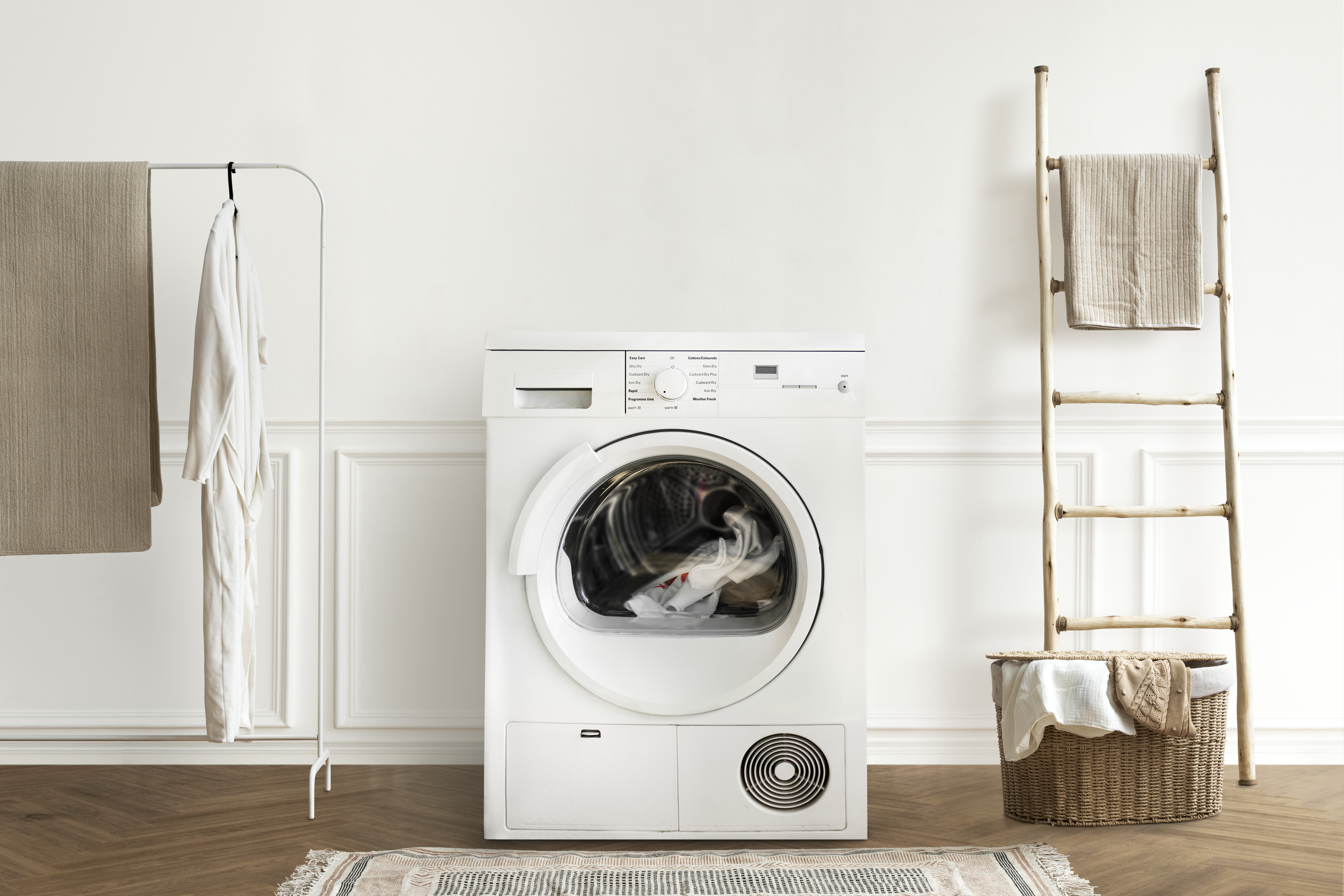Three Household Appliances That You Might Not Know Have Drains
Posted By: Zoom Drain Franchise
When you think of drains, there’s a good chance the first ones that pop into your mind are in relation to showers, kitchen sinks or something that protects against excessive rainwater. But there are actually a lot more drains around your home than you might realize and it’s important to know exactly what is removing wastewater from your property, in case a problem ever occurs.
With all of your home’s drains, we decided to look at three appliances you might not know have drains and explain their specific function, as well as how to spot the warning signs of a clog.
Air Conditioner
It might come as a surprise that your air conditioner actually has a drain line. Not only does your unit cool your home, but it also dehumidifies it – drawing the heat and moisture from the air. It then turns to condensation and gets sent through the condensate drain line – typically a vertical white PVC or copper pipe – from the indoor portion of the air conditioning system to the outdoors. From there, it drips to the ground, providing an exit plan so that it doesn’t build up. In some cases, the hose pumps it to a nearby sink or wash tub, where it can go down the drain.
With moisture comes things that can slow down or clog the line. It can lead to mold, mildew or corrosion, which can cause severe flooding and water damage. In some instances, it’s even resulted in house fires – when the water leaks onto the unit’s electrical components. Some of the warning signs of a potential clog in the condensate line include: water leaking, stained walls, unpleasant smells due to mold or the unit shuts off on its own and won’t turn back on again.
Washing Machine
 Once your washing machine fills up and cleans your clothes, that water has to go somewhere! Located behind most washing machines, the drain hose is connected to the appliance on the one end and the other end actually leads outside of your house. It gets pushed out by a drain pump, to make sure it all exits properly. However, the pump can fail or the hose can become clogged with lint or other debris – and if water can’t flow past it, then the washer cannot drain.
Once your washing machine fills up and cleans your clothes, that water has to go somewhere! Located behind most washing machines, the drain hose is connected to the appliance on the one end and the other end actually leads outside of your house. It gets pushed out by a drain pump, to make sure it all exits properly. However, the pump can fail or the hose can become clogged with lint or other debris – and if water can’t flow past it, then the washer cannot drain.
One of the most common signs that your washing machine’s drain isn’t working properly is puddling water around the appliance. You might also notice it’s overworking for the same amount of clothes you put in it time and time again, or if the machine turns on and you hear the water drain pump but no water actually appears – and your machine reads an error message.
Dishwasher
Cleaning your dishware takes a significant amount of water and that dirty water needs to exit the appliance before you can use those clean dishes again. Given its nearby location to the sink, your dishwasher most often will drain directly into your home’s drainage system. It’s important first to know what kind of connection you have, whether it’s high loop to the garbage disposal, high loop to drain, air gap to garbage disposal or air gap to drain. If you’re not sure, it’s probably best to consult with a professional to better understand your system’s mechanics. Much like the other drains on the list, clogs can form in the dishwasher’s drain hose, caused by a buildup of grime or food particles – or sometimes a backup can be the result of a kink in the hose’s line.
Some of the main culprits responsible for a clogged dishwasher drain include: gurgling sounds, backing up water in your sink, slow draining, weird smells or murky water sitting at the bottom.
It doesn’t matter if it’s a common drain issue related to your toilet or a sneaky clog you might not have realized could happen in your dishwasher, we’re here to keep everything in your home flowing it’s best. Give us a call or schedule an appointment online at your nearest location today!